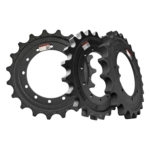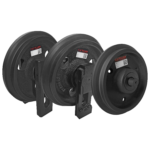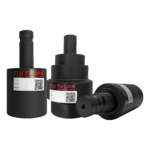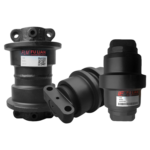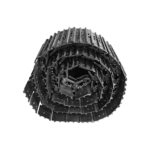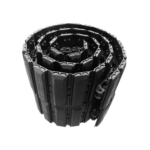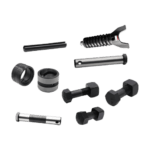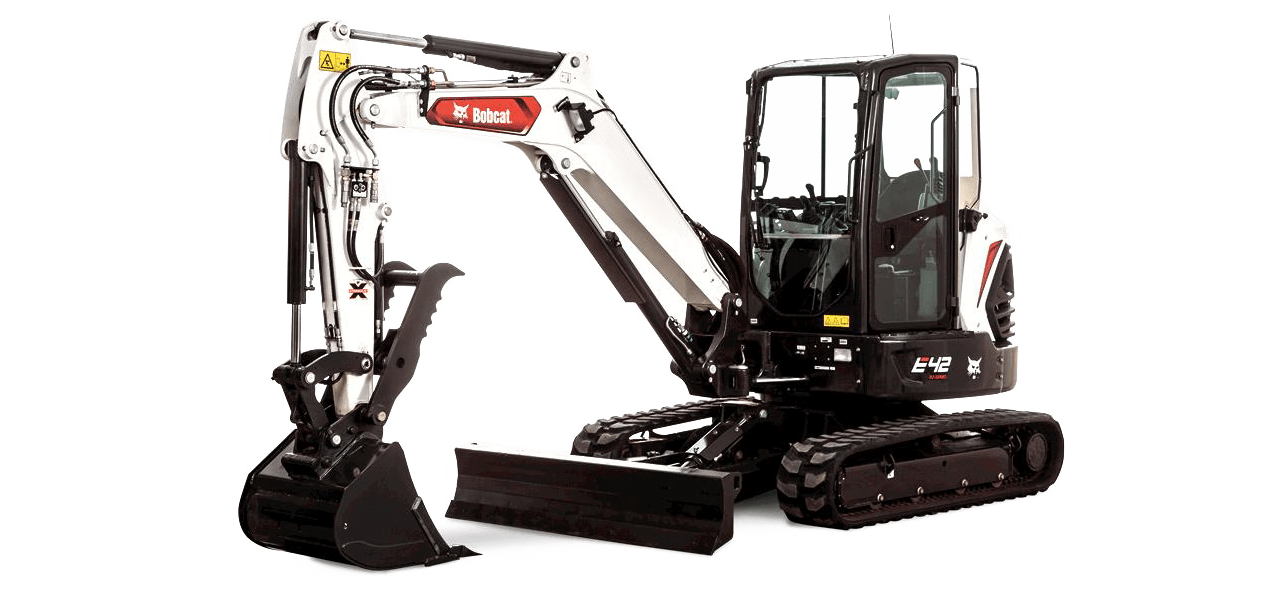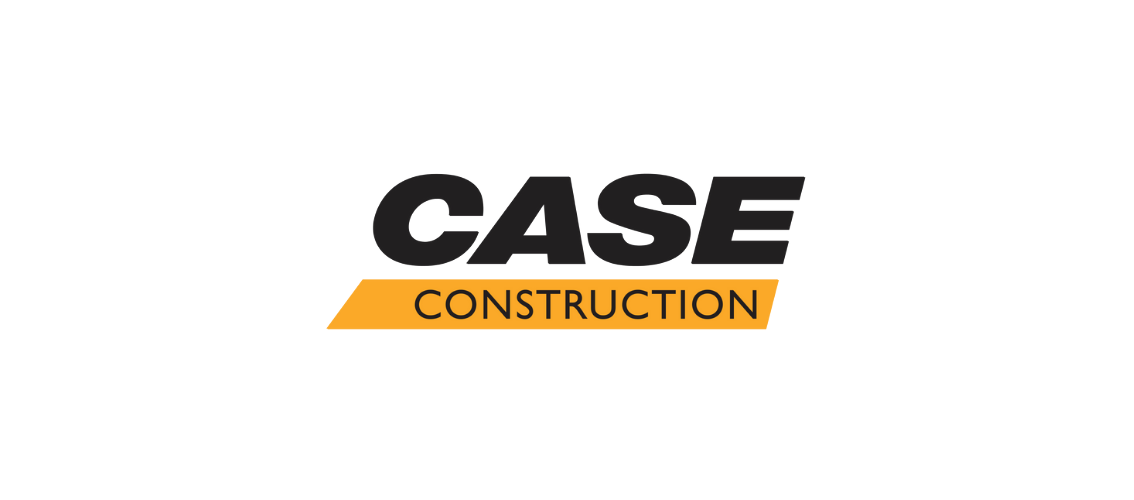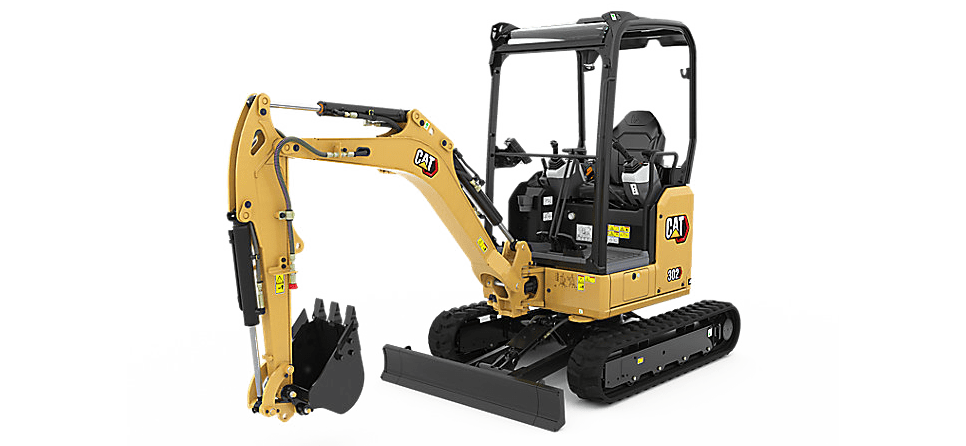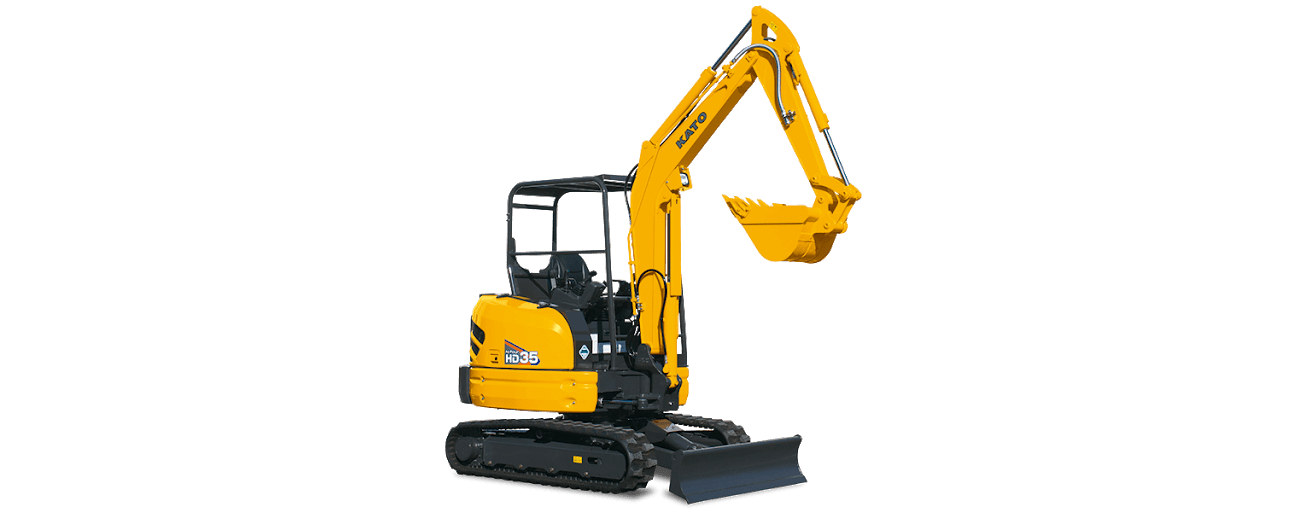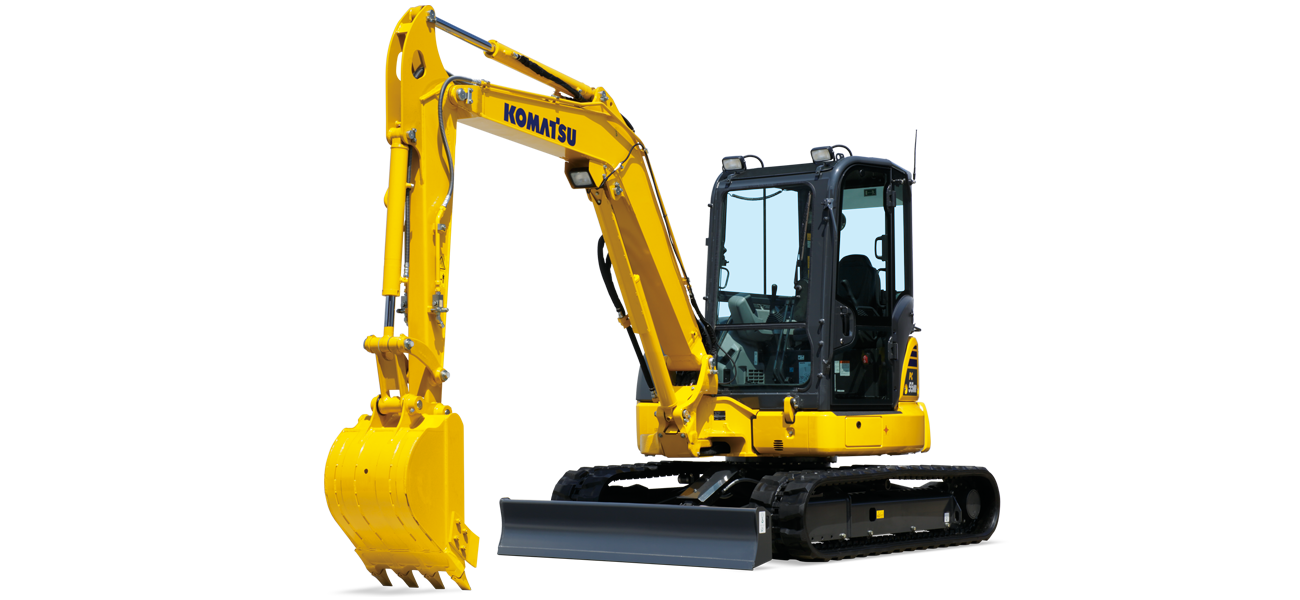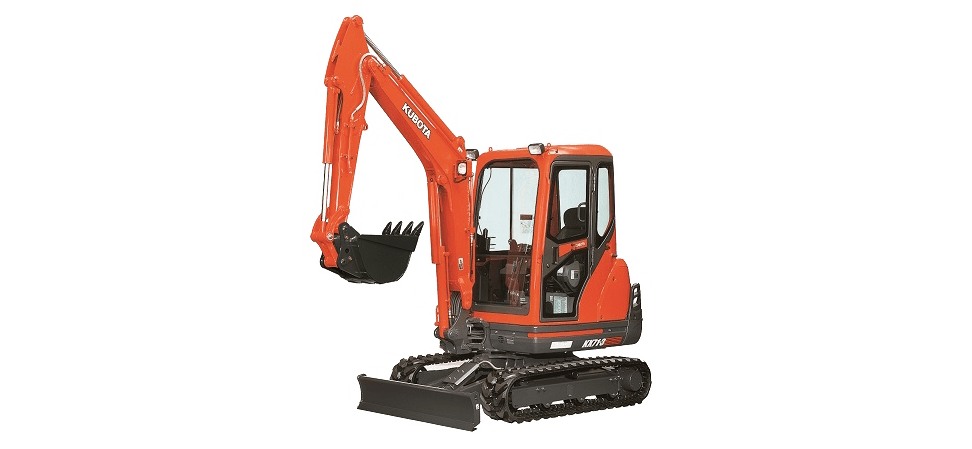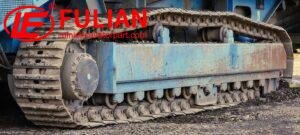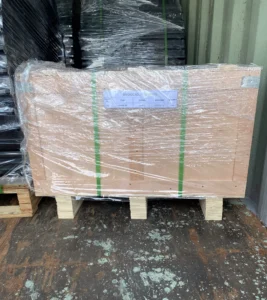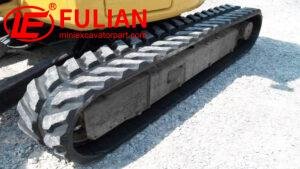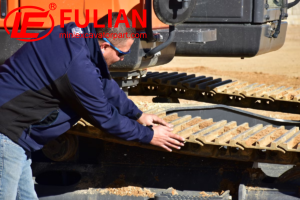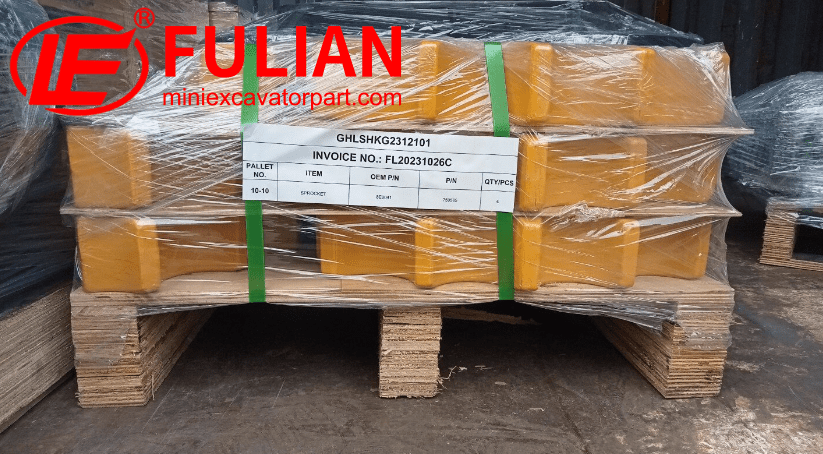Determining whether to replace your excavator’s sprocket is vital for maintaining your machine’s efficiency and longevity. Here’s a comprehensive guide to help you assess if your excavator’s sprocket requires replacement.
Regular Inspection:
Initiate a regular inspection routine. Excavator sprockets undergo tremendous stress, and their integrity is crucial for smooth operation. Check for the following signs:
- Worn Teeth: Inspect the teeth on the sprocket. They should have a uniform shape and should not be overly sharp or pointed. If they look thin and worn, resembling the profile of a ‘shark fin’, it’s a clear indication they’ve exceeded their service life.
- Teeth Breakage: Any cracked, broken, or missing teeth can lead to track misalignment or slippage, which can severely affect machine performance. Such damage requires immediate sprocket replacement.
- Sprocket and Track Alignment: Misalignment can lead to uneven wear and premature track damage. Ensure that the sprocket and tracks are properly aligned according to your excavator’s specifications.

Operational Signs:
Pay attention to how your excavator operates. Worn sprockets can manifest in several operational issues:
- Excessive Noise or Vibration: Unusual sounds or vibrations during operation can indicate the sprocket’s teeth are not engaging smoothly with the track links.
- Inefficient Movement: If your excavator struggles to move or the tracks slip, especially under load, this could point to a sprocket that’s no longer able to effectively transfer power to the tracks.
- Erratic Track Tension: Sprockets in good condition help maintain consistent track tension. If you find the track tension is off more often than not, worn sprocket teeth might be unable to grip the track correctly.
Sprocket Replacement Process:
Once you’ve concluded that your sprocket is in need of a replacement, follow these steps:
- Get the Right Replacement: Obtain the correct replacement based on your excavator model. An ill-fitting sprocket can cause damage and present safety risks.
- Preparation and Safety: Ensure the excavator is on stable ground and follow all safety guidelines. Utilize the necessary safety gear and support equipment.
- Remove Old Sprocket: Carefully remove the old sprocket. You may need to first loosen the track tension to free the sprocket from the track.
- Install New Sprocket: Secure the new sprocket in place, making sure all fittings and bolts are tightened to the manufacturer’s specifications.
- Adjust Track Tension: Once the new sprocket is installed, readjust the track tension. Too tight or too loose can lead to increased wear or other operational issues.
Professional Help:
If you are unsure about any step of this process or lack the tools required, it is highly advisable to seek the help of a professional. They can ensure that the sprocket is replaced correctly, which is essential for the optimal performance of your excavator.
Regular maintenance and timely replacement of the sprocket can prevent costly repairs and operational downtime. Keep an eye out for signs of wear, and your excavator will continue to serve you well.
Fulian Operation Team
2024.5.31

